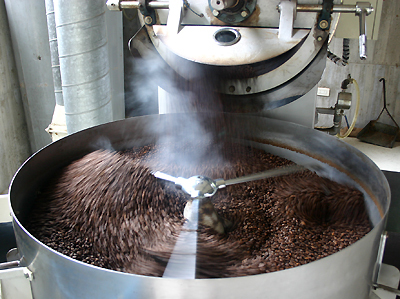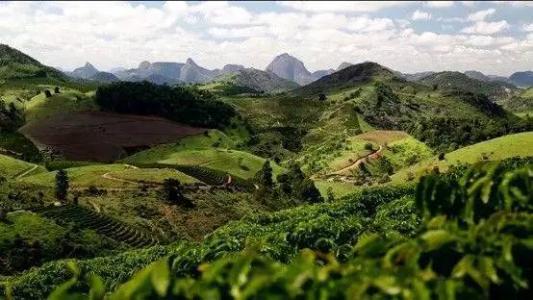Evaluation of Flavor characteristics of Burundian Coffee beans
Evaluation of Flavor Properties of Burundi Coffee Beans Grind Scale Taste Treatment
Burundi, formerly known as Urundi, formed a feudal kingdom in the 16th century. From the middle of the 19th century, Britain, Germany and Belgium invaded. Conquered by Germany in 1890, the long-established monarchy listed the area as part of German East Africa and it fell under Belgian control in 1916. After World War I, the League allocated the then united Ruanda-Urundi region to Belgium, which indirectly established local royal rule. Until the end of the Second World War, Rwanda-Ulundi became part of the United Nations Trust Territory and was administered by Belgium.
Starbucks is paying more attention to the African coffee industry and has begun to cooperate with coffee growers in Tanzania, Ethiopia, Rwanda and Kenya. Following the increase in the price of Arabrica coffee, the purchase price of fresh coffee in Burundi has been adjusted from 120 Burundi francs/kg to 200 Burundi francs/kg, which is excellent news for a country where coffee exports account for more than 80 per cent of its total export revenue. Burundi officials expect to produce 36,000 tons of coffee beans in 2004 - 05, a sixfold increase from last year's 5600 tons, thanks to good rains and better field management during the growing season
Burundi has one of the most diverse and successful coffee industries in the world, and it has its own characteristics. Coffee was introduced to the country by Belgian colonists in 1930 and is now grown only on small farms. Unfortunately, many of these farms are located on the border with war-torn Rwanda, putting pressure on coffee production. Coffee grown in Burundi is almost exclusively Arabica beans, while coffee trees in Ngozi are grown more than 1200 meters above sea level
Flavor: Full bodied, aromatic, excellent acidity
Recommended baking method: medium to deep baking
★★: Good
Markets for Burundi coffee: Burundi coffee products are mostly exported to the United States, Germany, Finland and Japan.

Important Notice :
前街咖啡 FrontStreet Coffee has moved to new addredd:
FrontStreet Coffee Address: 315,Donghua East Road,GuangZhou
Tel:020 38364473
- Prev

A brief introduction to the production area of grinding scale of varieties with the characteristics of taste description of Yejiaxuefei coffee
Yega Chuefei Coffee Taste description characteristics varieties Grinding scale production area introduction Yega Chevy refers to the strong aroma of jasmine, lemon or lime acid, as well as peach, almond or tea aroma. On the other hand, the smell of blueberries is particularly prominent this season, and the room is full of blueberries after grinding. Yirgacheffe Aricha Grade 1 raw beans are yellow and green in color and are typical of sun-cured coffee.
- Next

Flavor description characteristics of Yejiaxuefei Coffee Bean A brief introduction to the production area of taste grinding scale
The flavor description characteristics of Yejiaxuefei coffee beans A brief introduction to the production area of grinding scale Yega Xuefei is like a young girl's name, and her characteristics are exactly like a young girl, although she is petite, she is gentle and delicate, sweet and lovely. Yirga cheffe is actually a small Ethiopian town. The old saying Yega yirga means to settle down, and Sheffield cheffe means wetland.
Related
- Detailed explanation of Jadeite planting Land in Panamanian Jadeite Manor introduction to the grading system of Jadeite competitive bidding, Red bid, Green bid and Rose Summer
- Story of Coffee planting in Brenka region of Costa Rica Stonehenge Manor anaerobic heavy honey treatment of flavor mouth
- What's on the barrel of Blue Mountain Coffee beans?
- Can American coffee also pull flowers? How to use hot American style to pull out a good-looking pattern?
- Can you make a cold extract with coffee beans? What is the right proportion for cold-extracted coffee formula?
- Indonesian PWN Gold Mandrine Coffee Origin Features Flavor How to Chong? Mandolin coffee is American.
- A brief introduction to the flavor characteristics of Brazilian yellow bourbon coffee beans
- What is the effect of different water quality on the flavor of cold-extracted coffee? What kind of water is best for brewing coffee?
- Why do you think of Rose Summer whenever you mention Panamanian coffee?
- Introduction to the characteristics of authentic blue mountain coffee bean producing areas? What is the CIB Coffee Authority in Jamaica?

